






We're all a little prone to random foot pain, but it's easy to prevent if you know what to do. The Wall Street Journal suggests a few simple exercises you can do before getting out of bed to prevent that pain from sneaking up on you.
The idea here is to do a few stretches in the morning to help your feet out in the long term. These are great for anyone who stands all day at work, walks a lot, or does distance running:
Another routine stretch that wakes up the muscles in the feet should be done in the morning before getting out of bed, Dr. Campbell says. Sit with legs straight out in front of you and angle your toes toward your head and then away from it. This works the Achilles tendon and the fascial band, which connects the front and back of the foot…
Other exercises include rolling your foot over a tennis or golf ball, which stimulates the nerve endings in the feet and protects from injury. Picking up marbles or towels with your toes strengthens the muscles in the toes and central part of the foot. And wrapping a rubber band around the toes and then expanding the toes outward supports the major muscles of the foot, Dr. Campbell says.
Of course, as with any health problem, there are a ton of various possible causes. Head over to The Wall Street Journal for a few tips on keeping your legs and feet in shape. Steps to Better Foot Health | The Wall Street Journal
Photo by Bruce.
Minori is a friendly Japanese shironuri artist who we see often around the streets of Harajuku. She was out shopping with a friend when we spotted her this time. If you haven’t seen it yet, make sure to check out our Minori interview video on YouTube!
In addition to her shironuri makeup, Minori’s look includes a long red wig, floral top, corset, faux leather pants, and patent leather platform boots. She is also carrying a leather purse. As always, most of Minori’s items are either vintage or “remake” (in japan, that mean she bought them and modified/customized them).
Find Minori on Twitter, Facebook, or visit her official website for more info.




Click on any photo to enlarge it.
One of Tokyo’s biggest summer fireworks festivals took place on Saturday night – the 2013 Jingu Gaien Fireworks Festival! The Jingu Gaien Fireworks are launched from Sendagaya, so the streets of nearby Harajuku and Aoyama come to life with thousands of people during the festival. Hanabi time is second only to hanami season as far as drawing fun celebratory people to Harajuku. Hanabi has one big added bonus for fans of Japanese fashion: many of the people who come to watch the fireworks are wearing Japanese summer kimono, also known as yukata!
The streets of Harajuku are always full of exceptional fashion, but the Jingu Gaien hanabi is one of the only times of year (Coming of Age Day being the other) when you can see traditional kimono/yukata everywhere you look. Worn by young and old alike, summer yukata are bursting with pretty colors and patterns, brightening up the streets of Harajuku and making hanabi feel like a big street party. (The fact that so many people are drinking and having fun in big groups of friends doesn’t hurt either!)
During the 2013 Jingu Gaien Fireworks Festival, we hit the streets of Harajuku to take yukata pictures to share with those of you that couldn’t make it! We would like to send a big “Thank You!” to everyone who let us take their picture and we also want to encourage you to come out and enjoy the fireworks and yukata for yourself next year!





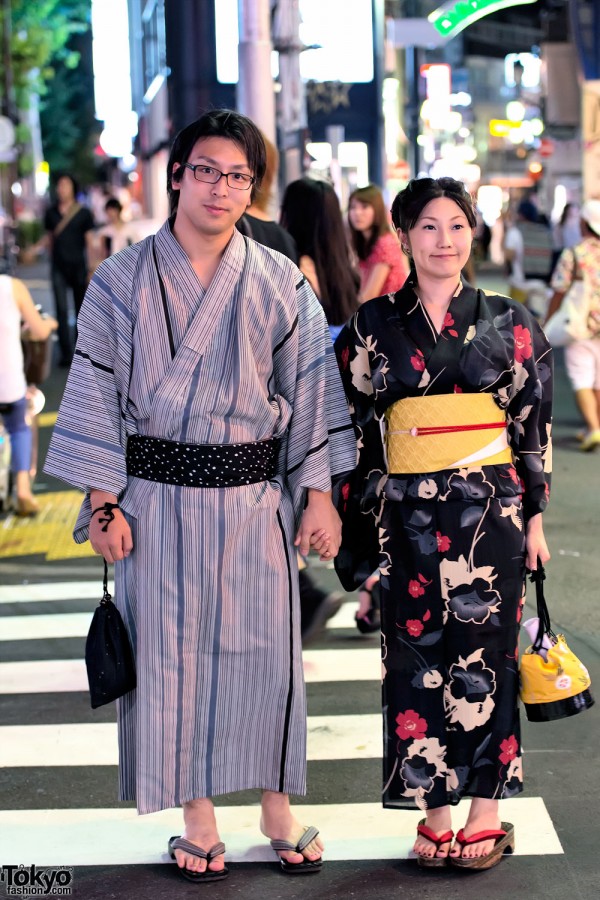
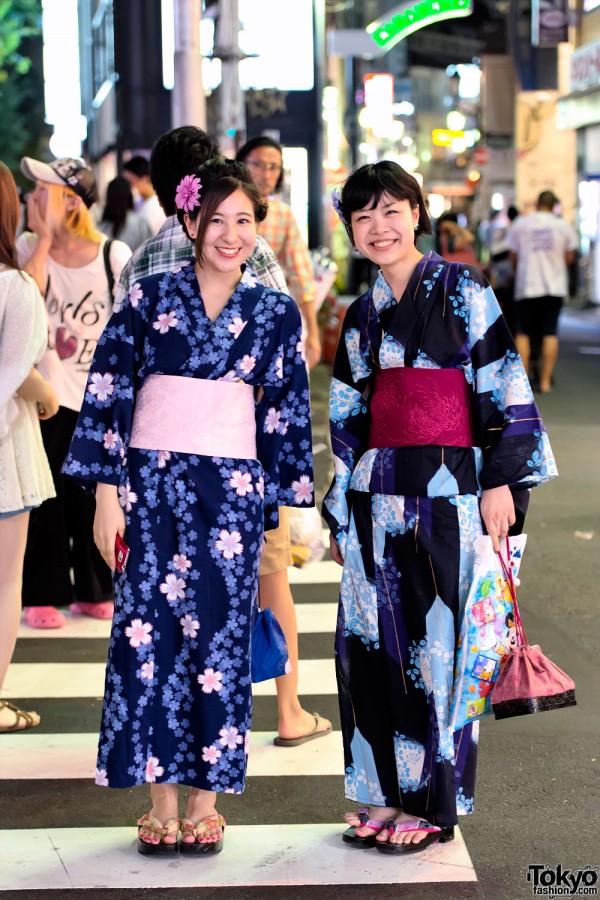
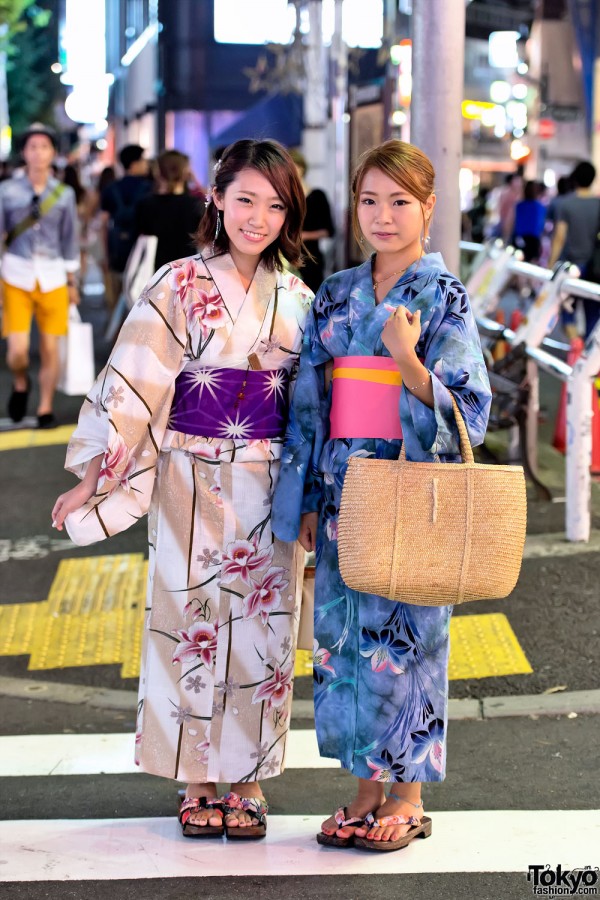

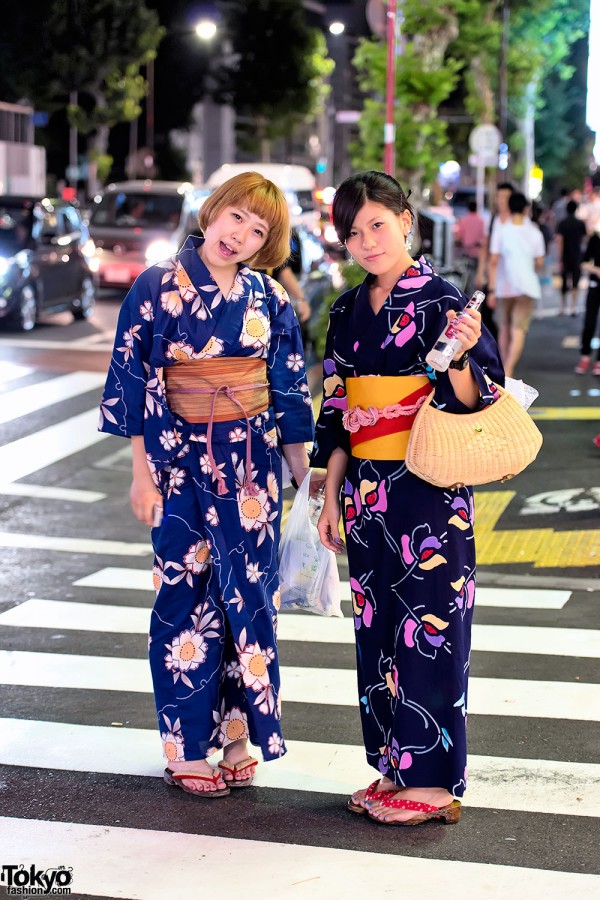
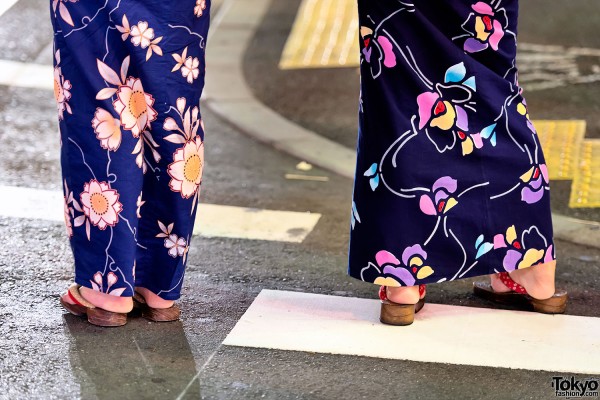
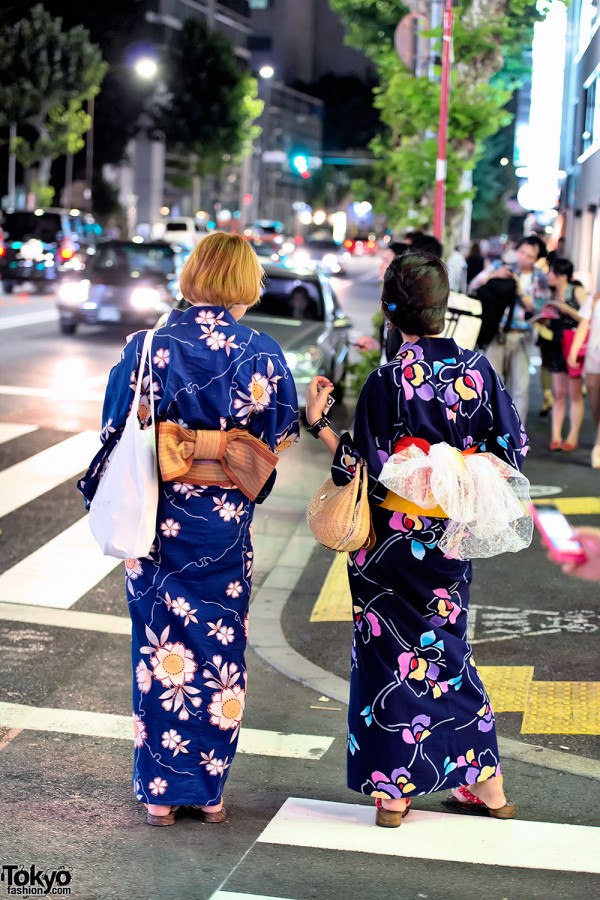
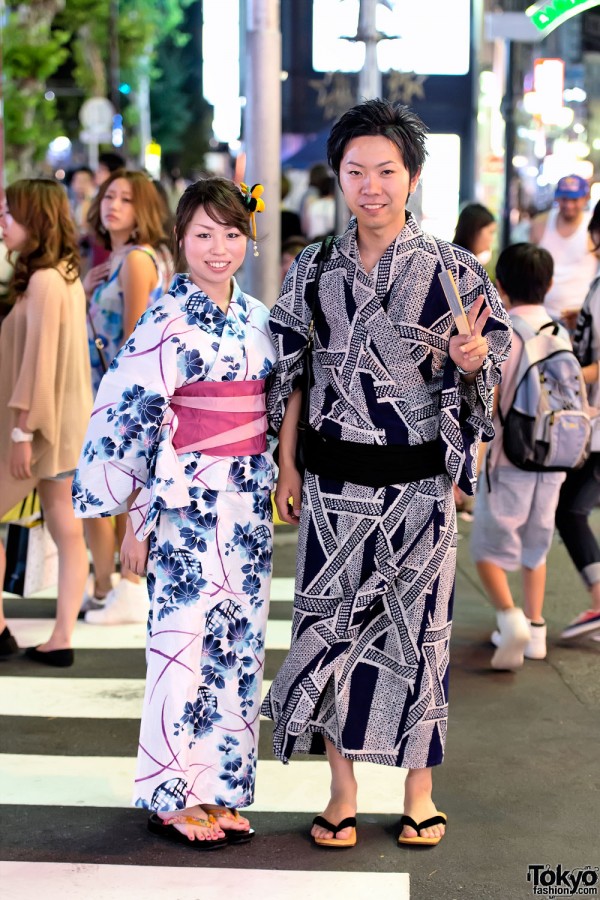

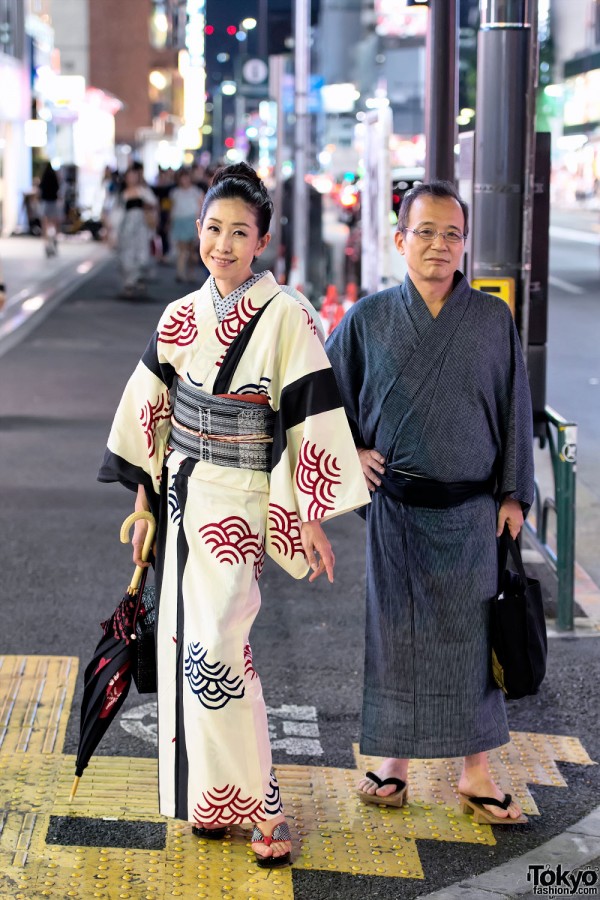











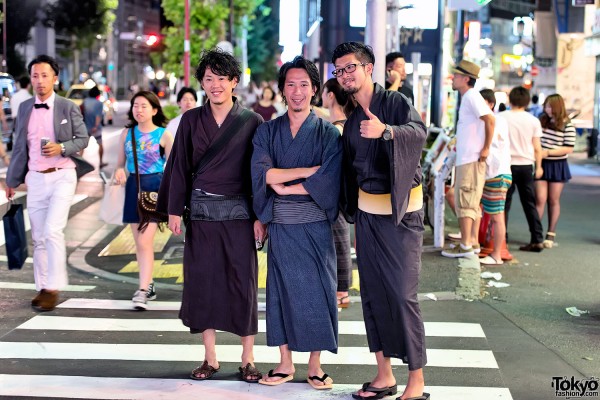
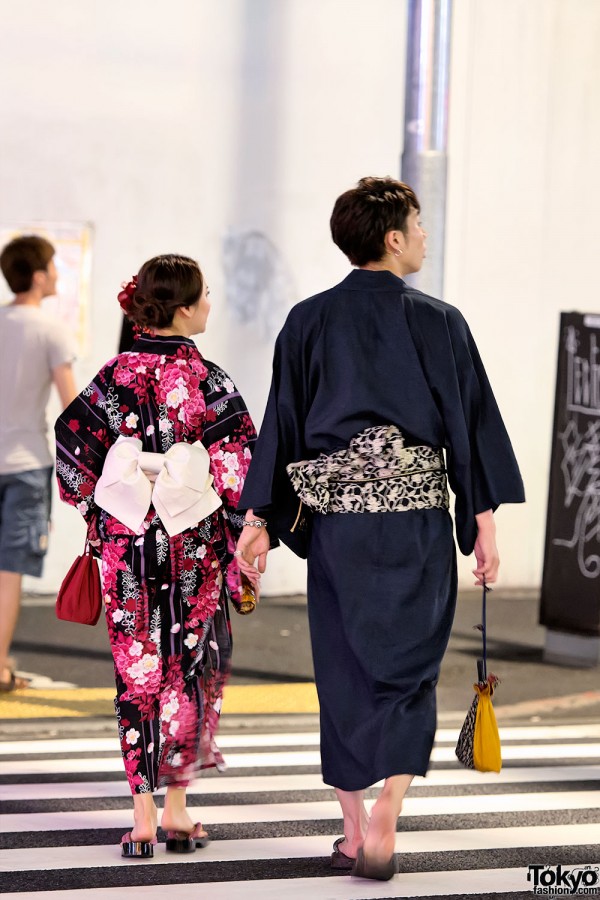
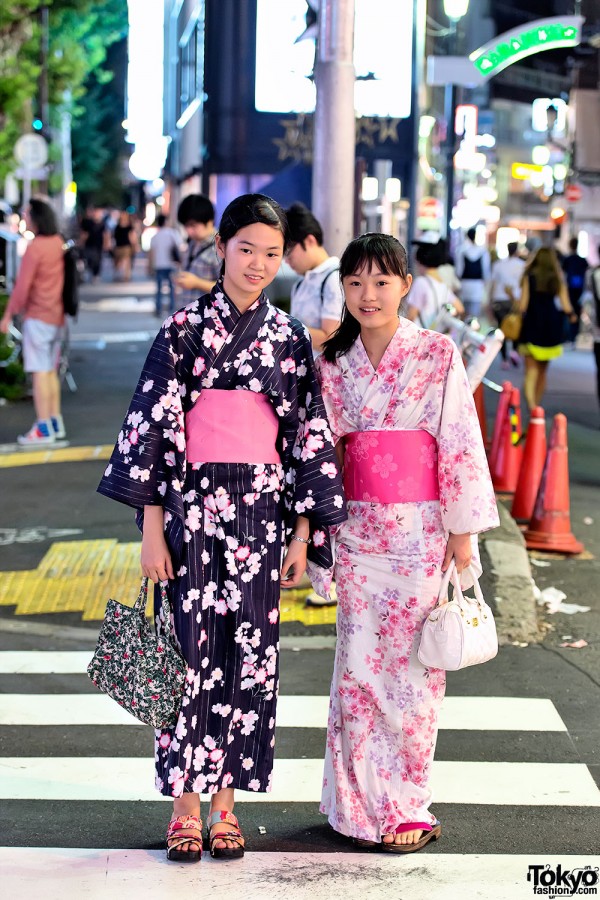
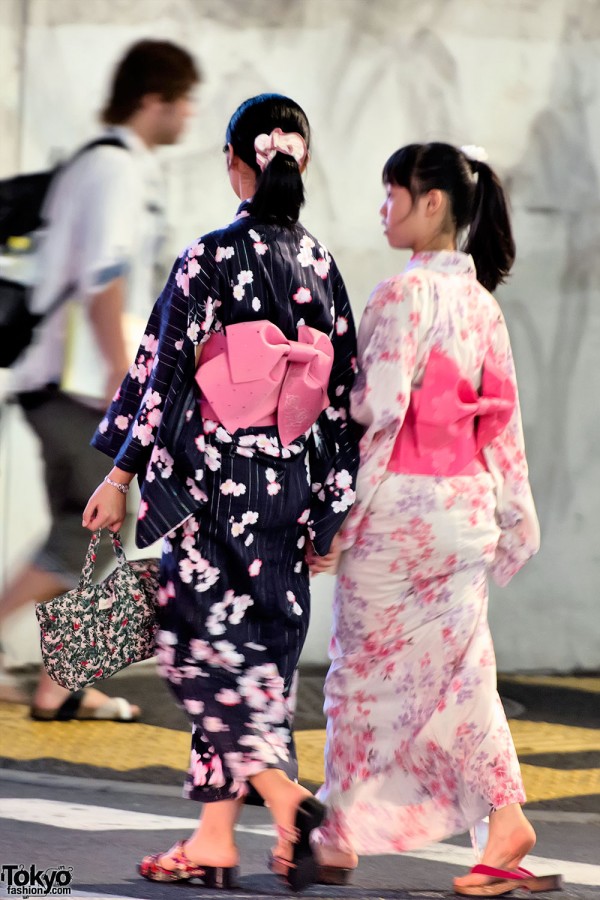


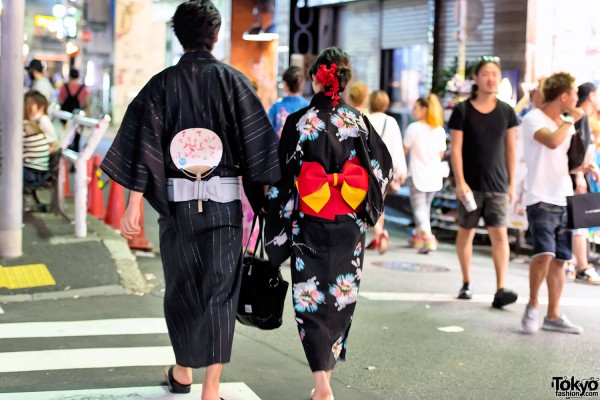



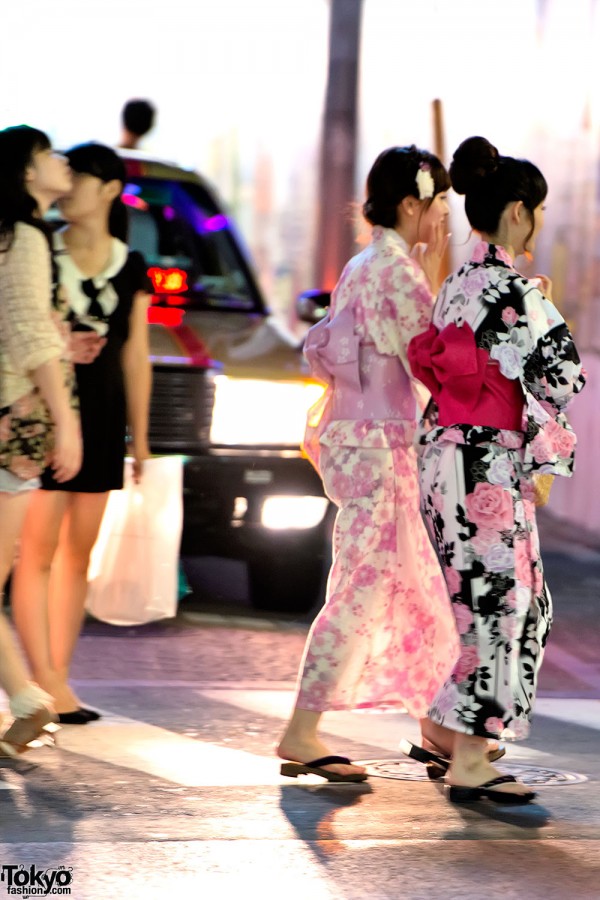
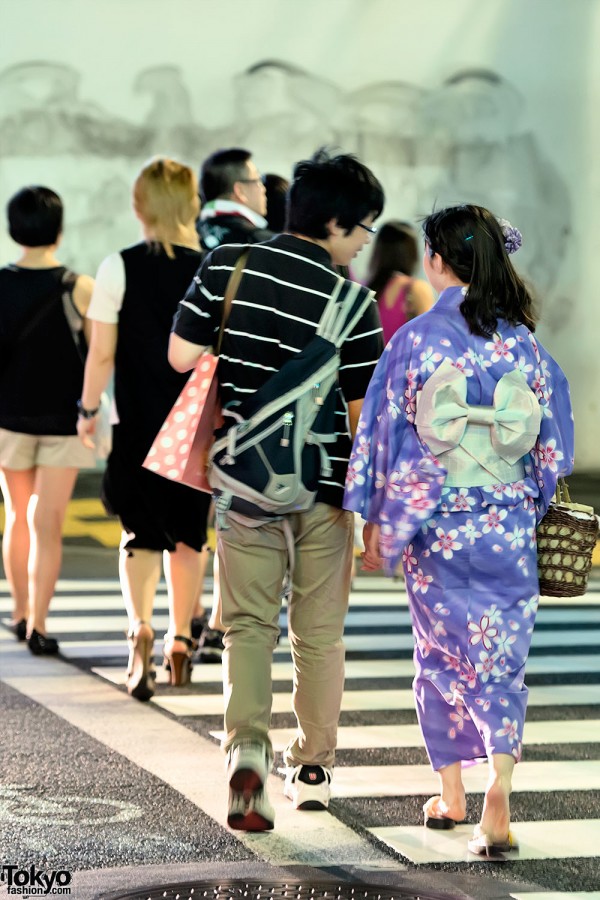


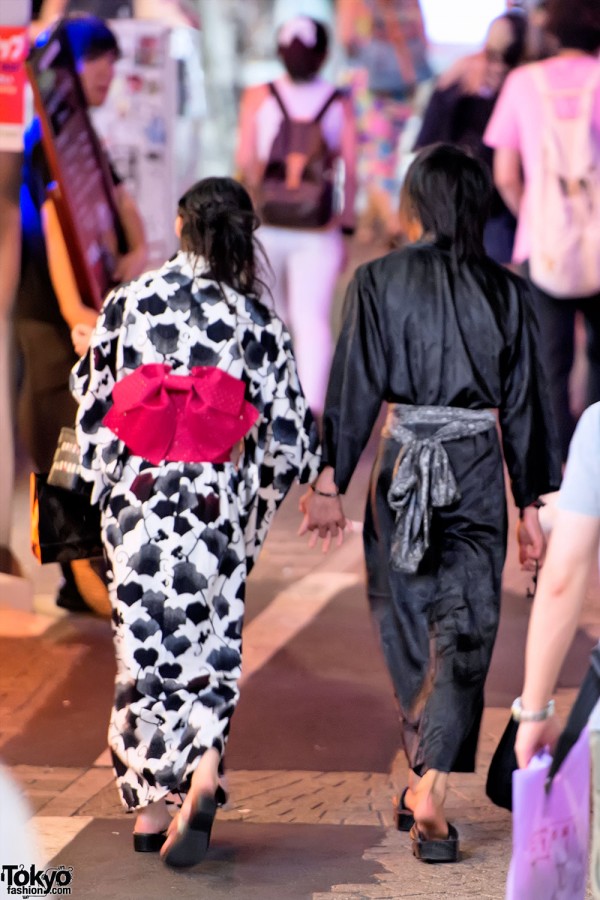



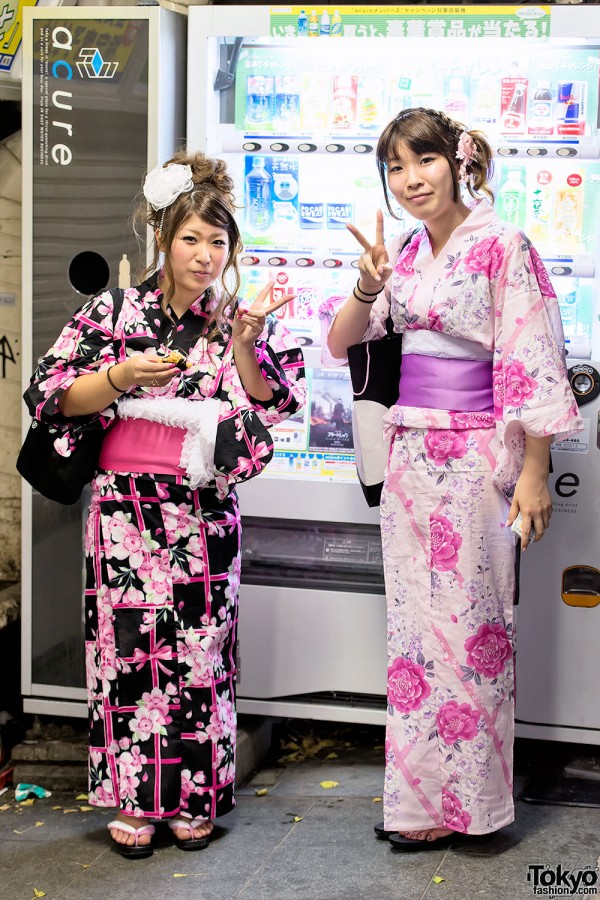

Click on any Harajuku yukata photo to enlarge it.
Once again, Thank You to everyone who let us take pictures of their yukata. We hope to see you all next year in Harajuku!

Windows: In most situations, IM apps like Hangouts will do fine for your instant messaging needs. If you need something more local, though, LAN Messenger can help.
I’ve been thinking about this post from Richard Beck since he posted it on Friday.
Beck is a professor of psychology, and he starts off with an unremarkable psychological observation: “We all want to matter. To be the focus of respect, esteem and interest.”
True enough, but not exactly revelatory. But Beck, as he often does, explores what this means and teases out pastoral and prophetic implications.
He doesn’t use those words — “pastoral” and “prophetic.” That’s seminary-speak for the same idea conveyed in the unofficial motto of journalists, preachers and stand-up comedians: Comfort the afflicted and afflict the comfortable. The former is what we mean by pastoral. The latter is prophetic. Richard Beck’s discussion of “Mattering” pulls off the tricky feat of doing both at the same time. I think this is a significant post about significance, an important post about importance, etc.
Let’s consider the pastoral side first, because Beck starts there:
What if it is hard to matter? What if you have nothing in your life that commends you to others? What if you aren’t successful, don’t have a job, don’t have kids, or a spouse, or money for the Instragram-worthy vacation?
How do you matter when you have to take a bus, have your electricity turned off, or need to ask others for food?
Well, you find other ways to matter.
Beck describes a couple of men like that who attend his church. They’re lonely and powerless and seeking a sense of significance in a world that regards people like them as insignificant. One has become a “confabulator,” using tall tales to find a sense of importance. The other seems to be perpetually injured. Beck says of these Eleanor Rigbies:
Though his stories don’t jibe with reality, you listen attentively and express interest and concern. Because he wants to matter.
And:
When you see him you inquire about his most recent injury. And he tells you the story of the accident. And you listen because this is how he matters.
Note the use of the second person in those sentences. I’m sure students of rhetoric and grammar have a name for that, but I don’t know what it is — something like “second-person normative” maybe. That’s another little trick used by both preachers and comics. And mothers. It’s sort of aspirationally presumptuous — a way of sneaking in an “ought” without triggering our defenses against moralistic language. Whether or not it is an accurate description of what “you” actually do when encountering such people, it challenges us to make it accurate, to be or to become the kind of “you” for whom it is accurate.
To be honest, in my case, it’s not always accurate. I often look for any chance I can find to escape from people like those Beck describes, to avoid having to listen to their stories, which tend to be frustratingly long and time-consuming, and I haven’t got a lot of time to spare. I have other things I have to do — important things, things that matter, and …
Uh-oh.
Beck’s next example hit even closer to home for me:
Occasionally I drive a van for our church Freedom Fellowship on Wednesday. Driving that route has taught me that sometimes we matter because of what we know. And even the smallest, thinnest epistemological edge can give you this sense of mattering. At the start, being new to the route the regular passengers knew the locations and best routes to get everyone that needed to be picked up. The first few times I drove I needed help about where to go next. People helped me and it made them feel like they mattered. They knew something that I didn’t. Their knowledge allowed them to help me, placed them in a superior position.
But as I’ve driven more and more, I need directions less and less. But still the directions come. I know I need to turn left, they know I know that I need to turn left, but I’m still told to turn left. Why? Because telling me how to go helps them matter. And they are going to hold on to that mattering for as long as possible. And I’m not going to rush them. Sometimes I ask for directions when I don’t need them.
I know this situation. I’ve been there — precisely. The very same thing happened to me this morning, driving my co-worker home from the night-shift at the big-box warehouse-store. And it will happen again tomorrow morning. I know where he lives and how to get there from the store, but every time he gives me directions.
That was really starting to bug me, until I noticed that it was really starting to bug me.
I noticed, specifically, that I found it disproportionately irritating in the same way that it’s so easy to be irked or rankled or infuriated by the perpetual advice given us by the various managers and assistant managers and department managers at the store. Annoyance with this advice is a perennial topic of conversation among the crew at lunch breaks and coffee breaks. It took about a month on the job before I figured out why.
See, what we do there is we re-stock shelves. We take pallets of merchandise off of trucks and break them down and sort them and then, with cages, carts and pallet-jacks, we haul them to the various parts of the sprawling store where we slice open boxes and ensure that the shelves are filled with their bounty of offerings the following morning. It’s not complicated — all of the merchandise and all of the shelves are coded, and matching those codes isn’t particularly tricky. It may be a kind of menial drudge work, but like all such work it can be done with care, and the guys in the crew are good at it. They do it fast and they do it well. They’ve been at this a long time and they know what they’re doing.
And I think that is why all that unbidden, unnecessary advice from the various managers gets under their skin. It’s an implicit suggestion that they don’t know what they’re doing. It’s a kind of refusal to give them the respect they’ve earned as people who know what they’re doing.
That bugs the guys on the crew. It bugged me, too, enough to make me start trying to figure out exactly how and why. And once I started exploring that, I came to see that all those manager-types were wrestling with the same thing. They, too, were just struggling to find some source of respect or of self-respect in a job that doesn’t offer as many sources of that as we all might like or want or need.
In Richard Beck’s terms, “We all want to matter.” We all require some sense of “respect, esteem and interest.” Once I realized that cheerfully accepting the superfluous instructions or inaccurate advice of one of those various bosses was an opportunity to allow them that, I was able to take the focus off myself — and thus off of my reflexive resentment over being denied even that slight source of mattering. I began, instead, repeating the mantra: This is water. This is water.
That’s from David Foster Wallace’s 2005 commencement speech at Kenyon College. Please read the whole thing, but here’s the core of it:
The really important kind of freedom involves attention and awareness and discipline, and being able truly to care about other people and to sacrifice for them over and over in myriad petty, unsexy ways every day.
That is real freedom. That is being educated, and understanding how to think. The alternative is unconsciousness, the default setting, the rat race, the constant gnawing sense of having had, and lost, some infinite thing.
When you meet someone who maybe feels like they don’t matter — or who has been told they don’t matter, or who has been assigned a lot in life that the world says doesn’t matter — you have the chance to choose consciousness over unconsciousness. You have the chance to regain a piece of some infinite thing.
You have a chance, in other words, to show that person that they do matter — to reassure them that they are deserving of respect, esteem and interest. Even if you don’t need directions, sometimes you should ask for them because the other person needs to give them.
That’s a way of comforting the afflicted. That’s a kind of pastoral ministry.
But this matter of mattering also has prophetic implications. Richard Beck discusses those as well, and so will we here, but let me save that for a part 2 and a follow-up because right now I’ve gotta go. Those shelves won’t re-stock themselves you know.
M.kurokoSigh.
Rainy season seems to have finally wrung itself dry, so from now on it’s only going to getting hotter, and the sun a whole lot harsher. A time of year that needless to say is very much suited to light, loose-fitting clothing. But, while the standard issue of shorts and a t-shirt are comfortable, they aren’t nearly as attractive as more traditional summer attire.

Momofuku, via The New York Times
There was a time when the thought of serving dinner for 16 would have scared the daylights out of us.
But that's just the challenge we faced last weekend, when through a series of circumstances we ended up hosting a large group of our friends for dinner (well, part of a dinner, but more on that below).
We needed a dish that would easily serve a group on a Saturday night, and we didn't want to spend all day in the kitchen.
We decided to go with this Bo Ssam served with two sauces, a Ssam Sauce and a Garlic-Scallion Sauce.
Bittens, are you sitting down?
We hope so, because this dish is about to BLOW. YOUR. MINDS.
This dish is, in a word, epic.
Okay, let us back up.We first read about this dish back in January 2012 in The New York Times Sunday magazine. It's a recipe from Korean chef and mini-mogul David Chang, of the Momofuku empire. The recipe sounded so delicious that we immediately cut it out and slapped it up on the fridge, planning to make it at some point in the next few weeks. Well, weeks became months became more than a year, and we still hadn't made it. The right occasion just never seemed to present itself. But we knew this bo ssam was in our future.
Why were we so sure? Allow us to quote the Times:
What is necessary: close attention to the final disposition of the pork itself, when you return it to the oven to build its crust. “Once that last bit of sugar and salt is on there and the meat is back in a hot oven,” Chang says, “you want to watch it carefully. You’re not looking for a color so much as for the moment when the fat and the skin begins to fluff up a little. It’s not so much about the sugar caramelizing as it is about the fat starting to bubble.”
When that happens — Chang calls it the soufflé effect — you are ready to go. The meat should look roughly like a deflated and yet strangely attractive football.
[...]
Chang served bo ssam at his new restaurant in Australia recently. “We put a lot of sugar on the meat at the end,” he says, “and served it like a pork petit four.” Most of the diners had eaten a full tasting menu already, so Chang did not think people would really eat the ssam. It was almost abusive, he felt: “People were full, you know, they’d eaten like 10 courses already.”
But then he looked out at the dining room. The ssams were being taken apart as if by frenzied animals. “People were just housing them,” Chang said. “They smell it and they look at it and they just go crazy.”
Chang, you had us at "fat starting to bubble."
That's the key to this bo ssam: The pork is fall-apart tender on the inside, but it has this ridiculously delicious crunchy sweet-salty crust on the outside.
So we were sold on making the bo ssam (which, by the way, simply refers to a Korean dish of meat wrapped in lettuce leaves, with other accompaniments). But when?
The perfect occasion presented itself last weekend: We'd gotten drunkenly roped into politely asked to join in a neighborhood progressive dinner. It was 14 of our friends, stopping at three places over the course of an evening: Ken and Jeff hosted for cocktails and apps, Chez Bitten Word would serve the main course. And then our friend Reilly-Ann would round out the evening with desserts and coffee. So fun!
So, the prep: On Friday night, we packed the pork in salt and sugar. Saturday morning about 10:30, we threw the pork in the oven. (The recipe calls for cooking the pork for six hours, but opted for eight hours since we were tripling the recipe, assuming that more oven time wouldn't hurt.) Per the recipe, we basted every hour, or thereabouts.
We cleaned the house. We went to the gym. We went and met a friend for coffee. The pork kept cooking.
Meanwhile we made the sauces.They're both very easy and straightforward. One is a simple mix of green onions, ginger and oil. The other has a fermented bean and chili paste base.
Serving an entree at a progressive dinner is actually a little tricky -- you've got to have something that's prepped enough in advance that you can go to another house for the first course and still be able to serve your entree when everybody shows up. This bo ssam was perfect: Zach scooted out of Ken and Jeff's place about 20 minutes early, came home and cranked the oven up to 500 for the final 15 minutes of the cook time, when the pork really gets its amazing shellacked sugar crust.
Everyone arrived from Ken and Jeff's, we set out the lettuce along with all the condiments and accoutrements -- along with plenty of napkins -- and people started digging in.
It all started politely enough, with each person building his or her own little lettuce wraps.
But 30 minutes later, we were all ripping at the pork with our bare hands, dipping it in the sauces and lapping it up. It's insanely addictive.
Oh, and those sauces! The Ssam Sauce is earthy and savory and fermented and dark and crazy good. But the Ginger-Scallion Sauce? You will be climbing across the table to swat it out of someone's hand, just to make sure there's a spoonful left for you. (It's good, is what we're saying.)
And the accoutrements? David Chang suggests serving this with oysters for a textural contrast; we opted against that for ours. Here's what we had on the table for people to build into their lettuce wraps:
Look, we don't want to belabor the point here, but the final product was absolutely out of this world.
Grown men wept.
It's truly one of the best things we've served in a long time.
And you wanna know the really crazy part? The part you cannot tell anyone when you serve this? It's so easy! Sure, the pork takes a long time to cook, but it's totally hands-off cooking (see above re: gym going and house cleaning). And the pork itself requires all of four ingredients, three of which you already have in your pantry.
You need need need to find a reason to make this. Make it a fun family dinner night! Invite your friends over! Have your own progressive dinner! Whatever it takes.
Just trust us: You need to have this bo ssam in your life.

Bo Ssam with Ssam Sauce and Garlic-Scallion Sauce
Serves 6 to 10
NOTES FROM ZACH AND CLAY OF THE BITTEN WORD
INGREDIENTS
Pork Butt
1 whole bone-in pork butt or picnic ham (8 to 10 pounds)
1 cup white sugar
1 cup plus 1 tablespoon kosher salt
7 tablespoons brown sugar
Ginger-Scallion Sauce
2½ cups thinly sliced scallions, both green and white parts
½ cup peeled, minced fresh ginger
¼ cup neutral oil (like grapeseed)
1½ teaspoons light soy sauce
1 scant teaspoon sherry vinegar
½ teaspoon kosher salt, or to taste
Ssam Sauce
2 tablespoons fermented bean-and- chili paste (ssamjang, available in many Asian markets, and online)
1 tablespoon chili paste (kochujang, available in many Asian markets, and online)
½ cup sherry vinegar
½ cup neutral oil (like grapeseed)
Accompaniments
2 cups plain white rice, cooked
3 heads bibb lettuce, leaves separated, washed and dried
1 dozen or more fresh oysters (optional)
Kimchi (available in many Asian markets, and online)
DIRECTIONS
1. Place the pork in a large, shallow bowl. Mix the white sugar and 1 cup of the salt together in another bowl, then rub the mixture all over the meat. Cover it with plastic wrap and place in the refrigerator for at least 6 hours, or overnight.
2. When you’re ready to cook, heat oven to 300. Remove pork from refrigerator and discard any juices. [Note from The Bitten Word: At this point, also discard any excess salt and sugar that's on the pork. Just wipe it away with your hands, leaving it behind in the bowl.] Place the pork in a roasting pan and set in the oven and cook for approximately 6 hours, or until it collapses, yielding easily to the tines of a fork. (After the first hour, baste hourly with pan juices.) At this point, you may remove the meat from the oven and allow it to rest for up to an hour.
3. Meanwhile, make the ginger-scallion sauce. In a large bowl, combine the scallions with the rest of the ingredients. Mix well and taste, adding salt if needed.
4. Make the ssam sauce. In a medium bowl, combine the chili pastes with the vinegar and oil, and mix well.
5. Prepare rice, wash lettuce and, if using, shuck the oysters. Put kimchi and sauces into serving bowls.
6. When your accompaniments are prepared and you are ready to serve the food, turn oven to 500. In a small bowl, stir together the remaining tablespoon of salt with the brown sugar. Rub this mixture all over the cooked pork. Place in oven for approximately 10 to 15 minutes, or until a dark caramel crust has developed on the meat. Serve hot, with the accompaniments.Suguru and Micho are a stylish duo we met in Harajuku, both of them wearing black and white, with red accents.
Suguru told us that he’s 27 and he’s employed at a company. He is wearing a Paul Smith suit with a striped shirt, black vest and hat, and a pair of brogues he bought from Ships. He accessorized with a heart print tie, heart pin and matching cuffs. We found out that he usually shops at Mishka, and that his favorite music is hip-hop.
Micho, on the other hand, is 26 and she’s a beautician. She is wearing high waisted pants with golden details, a white ruffled shirt and a black blazer. Her hairstyle is amazing, and she matched her ruby earrings with a pair of Esperanza heels.


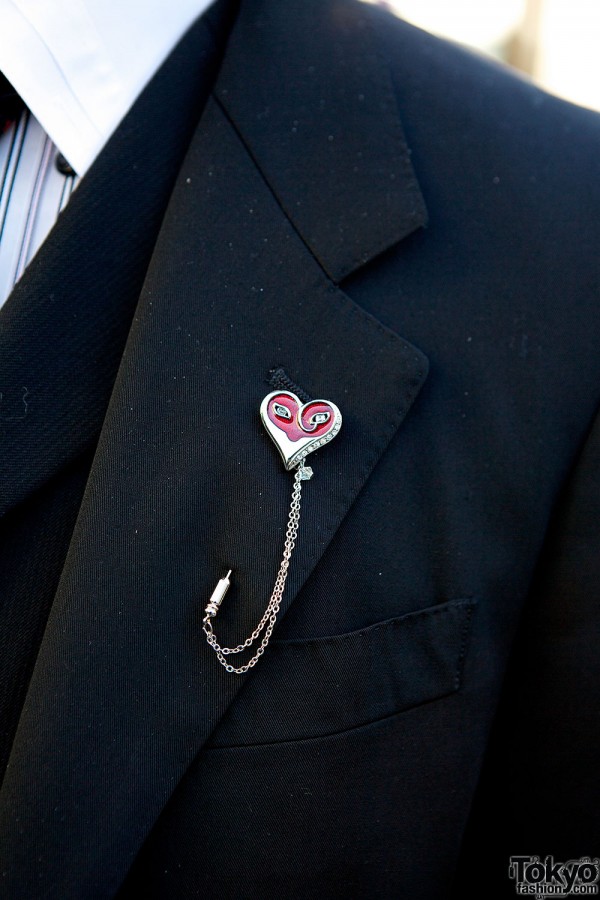
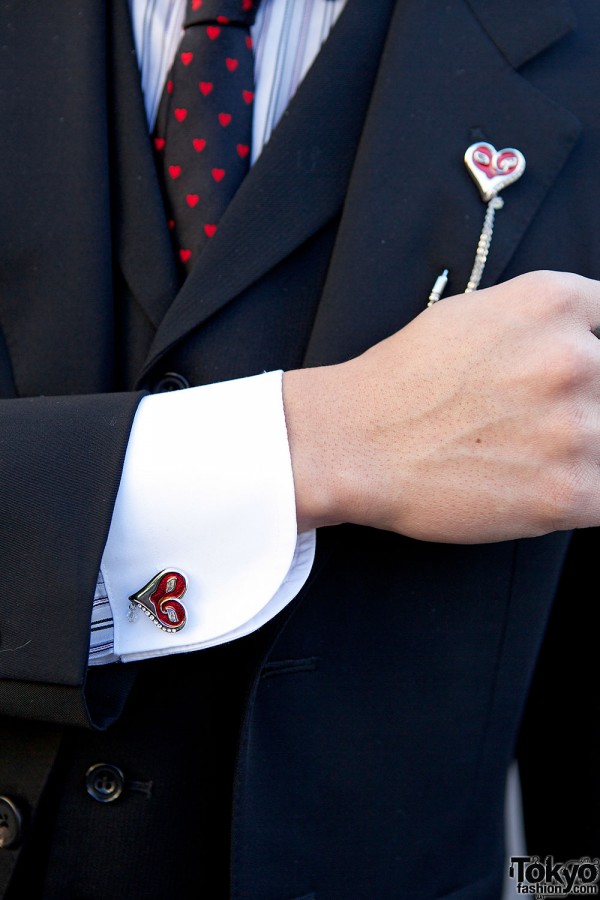




Click on any photo to enlarge it.